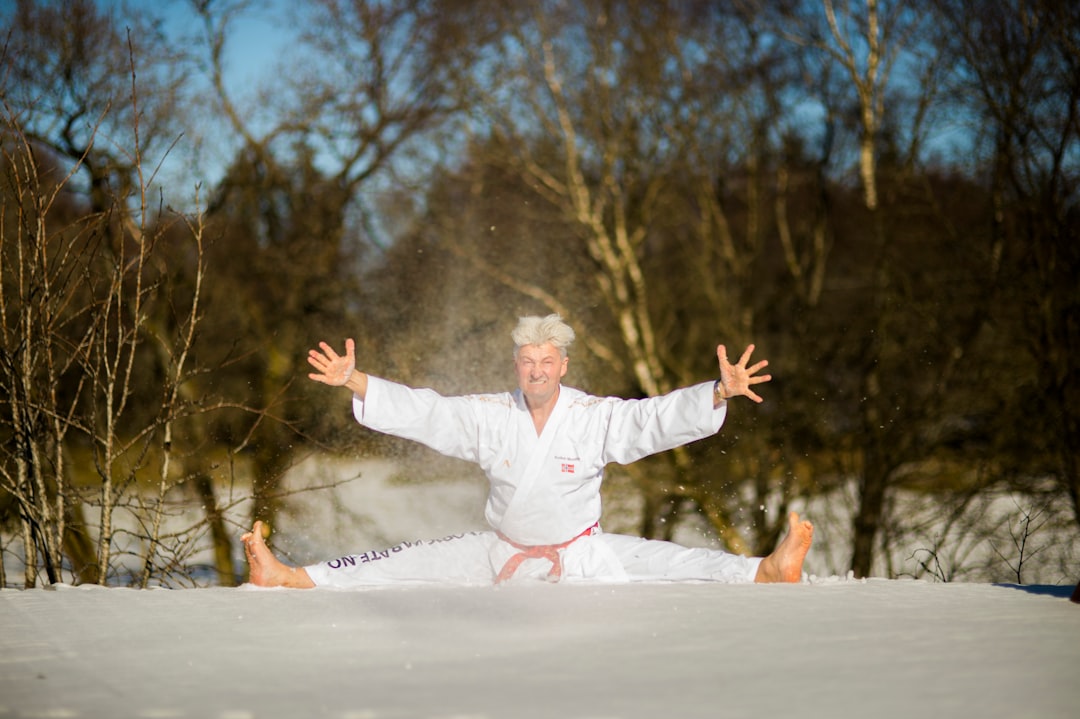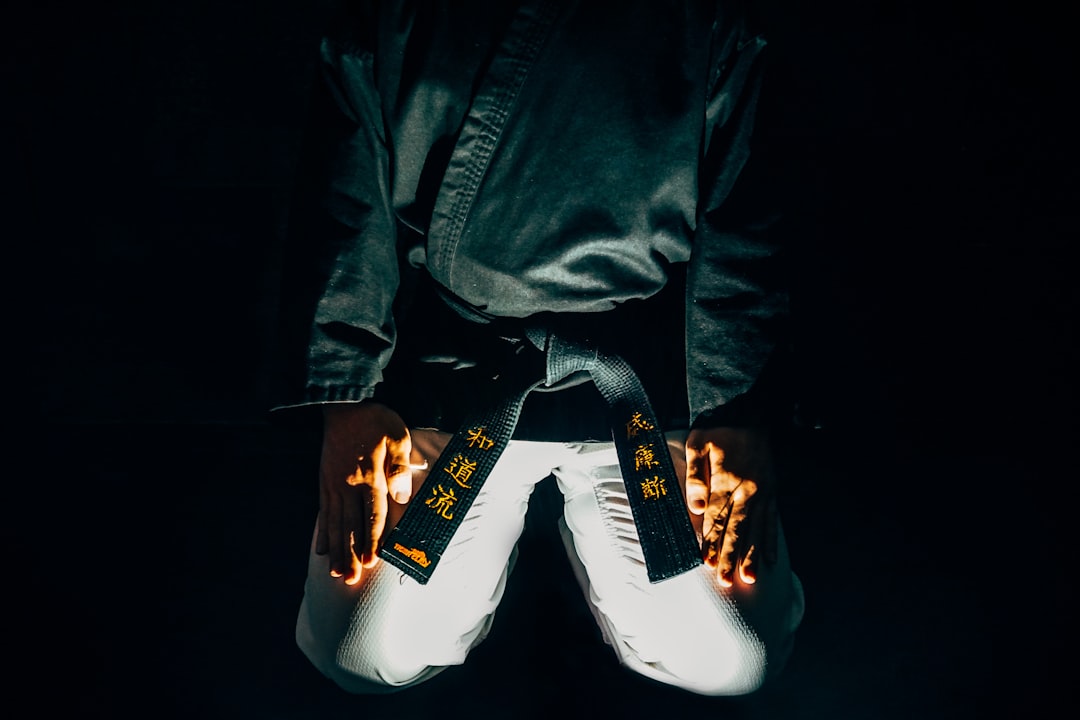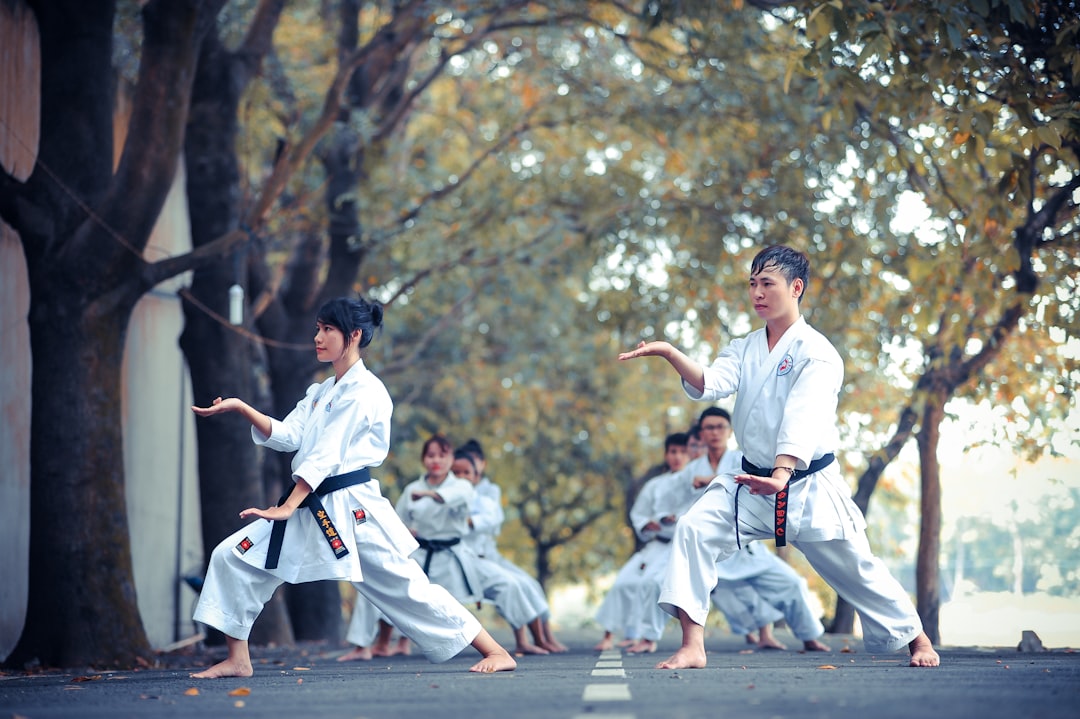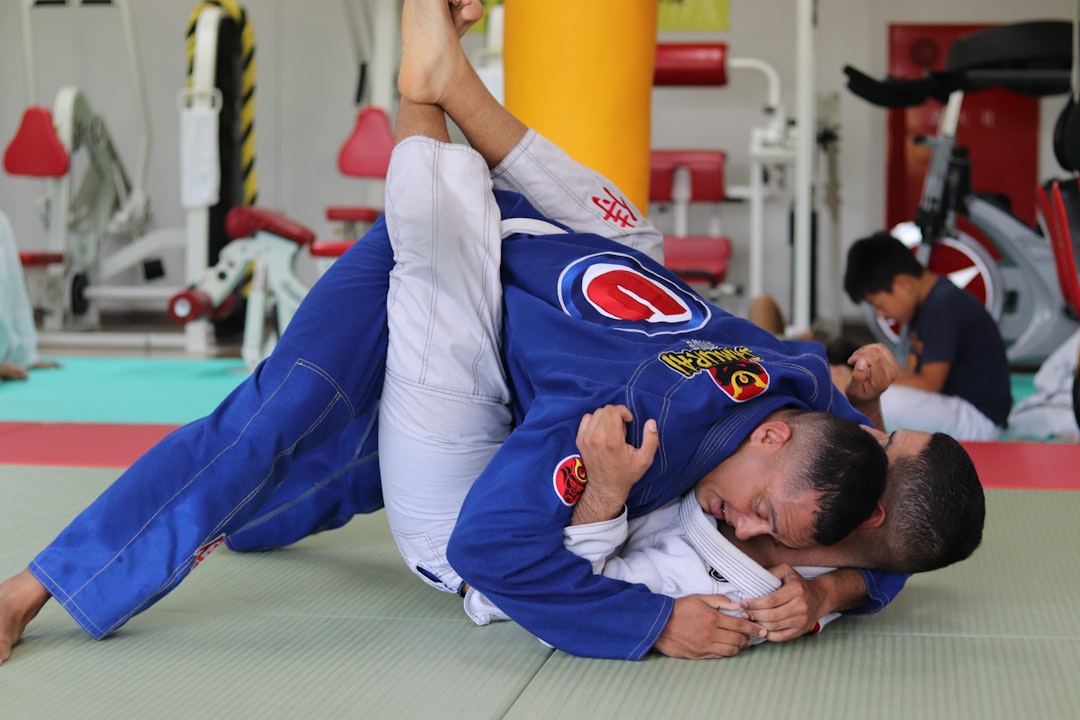Martial arts uniforms, known as gi, keikogi, or do-gi, are central to the practice of various martial arts such as karate, judo, and kendo. These uniforms serve both functional and symbolic purposes, indicating the wearer's rank with a belt and embodying respect and discipline. While they share a common design consisting of a jacket, trousers, and a belt, each martial art's uniform is tailored to its specific needs, with variations like the addition of a hakama in certain styles. The traditional cotton fabric ensures comfort and durability during training, while some modern adaptations include synthetic fibers for stretch and moisture management. These uniforms are crucial for practitioners as they facilitate movement, offer hygienic benefits, and provide essential feedback on technique. They underscore the unity and tradition of the martial arts community worldwide, highlighting their importance beyond mere apparel. Choosing the right uniform is key for maximizing performance, with comfort, material quality, breathability, and durability being top considerations for any martial artist.
martial arts uniforms serve as more than mere garments; they are emblematic of discipline, tradition, and respect within the realm of martial arts. An article that delves into the specifics of karate attire, it unravels the essence of these garments, distinguishing their features from other martial arts uniforms, and guiding you through the selection process to ensure you find the perfect fit for comfort and performance.
- Understanding Martial Arts Uniforms: The Essentials of Karate Attire
- Key Characteristics of Martial Arts Uniforms Across Different Styles
- Selecting Your Ideal Martial Arts Uniform: Factors to Consider for Comfort and Performance
Understanding Martial Arts Uniforms: The Essentials of Karate Attire

When engaging in the discipline of karate, the attire is as indicative of respect for the art as the techniques themselves. Martial arts uniforms, commonly referred to as “gi” or “keikogi,” are designed to facilitate movement while providing a standardized garment that allows practitioners to train without distraction. What do these uniforms consist of? Typically, a karate gi includes a jacket and trousers, often made of cotton or a cotton blend for durability and comfort. The top, known as the “uwagi,” is belted at the waist with a “belt” that signifies the wearer’s rank, ranging from white to black and beyond. The pants, called “hakama” in some styles, are tied around the waist with a cord, offering both functionality for movement and a symbolic representation of the martial artist’s readiness to face challenges. Are martial arts uniforms standardized across different disciplines? While the general design of a karate gi is consistent, certain variations may be found in other martial arts, such as judo or kendo, where the uniform might include additional elements like a skirt-like extension for the jacket (the hakama in these disciplines) or differing belt colors. The choice of fabric and cut can also vary to suit the specific needs of each martial art, but the essence of a uniform as a symbol of respect and discipline remains universal.
Key Characteristics of Martial Arts Uniforms Across Different Styles

Martial arts uniforms serve as more than mere garments; they are a representation of tradition, functionality, and respect within the martial arts community. Known variously as gi, keikogi, or do-gi, these uniforms are ubiquitous across different styles of martial arts. A key characteristic that defines most martial arts uniforms is the use of cotton or a cotton-blend fabric, which offers both comfort and durability during training. The traditional judo jacket, for instance, features a set of large pockets at the front and is paired with drawstring trousers, while other styles like karate may have a more fitted design. What do these uniforms signify? They symbolize discipline, humility, and respect for oneself and others, core values in martial arts practice. Additionally, the color of the belt attached to the obi, or wide belt tied around the waist, indicates the wearer’s rank within their respective style. Do the materials vary significantly across different martial arts? While the traditional cotton fabric is prevalent, some styles may incorporate synthetic fibers for added stretch or moisture-wicking properties, tailored to meet the specific needs of their practice.
Selecting Your Ideal Martial Arts Uniform: Factors to Consider for Comfort and Performance

When selecting a martial arts uniform, comfort and performance are paramount to ensure optimal training experiences. The right martial arts uniform should align with the specific needs of the practitioner, taking into account the type of martial art being practiced, as well as personal preferences regarding fit and fabric. Does the material breathe well? This is crucial for maintaining comfort during intense physical activity. A good martial arts uniform, such as a gi for traditional styles or a more form-fitting rash guard for Brazilian Jiu-Jitsu, should allow for a range of motion without restricting movement. Additionally, the uniform should be made from materials that absorb sweat and resist odors, which is essential for maintaining hygiene during training sessions. When considering martial arts uniforms, think about the durability of the fabric; it needs to withstand the rigors of daily practice without tearing or losing its shape. Are the uniform’s fabric and construction designed to endure repeated use? Quality martial arts uniforms are an investment in your training, providing both comfort and the necessary feedback on your movements and techniques.
When concluding one’s exploration of marticular arts attire, it becomes evident that martial arts uniforms serve as more than mere garments; they are integral components of a practitioner’s discipline and practice. Whether delving into the key characteristics that distinguish karate attire from other martial arts uniforms or evaluating factors for selecting the ideal garb for comfort and performance, understanding this specialized apparel is crucial for both newcomers and seasoned martial artists alike. The essence of a martial arts uniform lies not solely in its function but also in its ability to symbolize respect, tradition, and personal growth within the martial arts realm. As a practitioner’s journey unfolds, their choice of uniform becomes a testament to their commitment and journey within this discipline.
